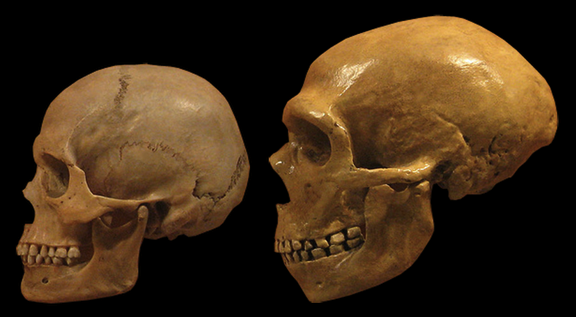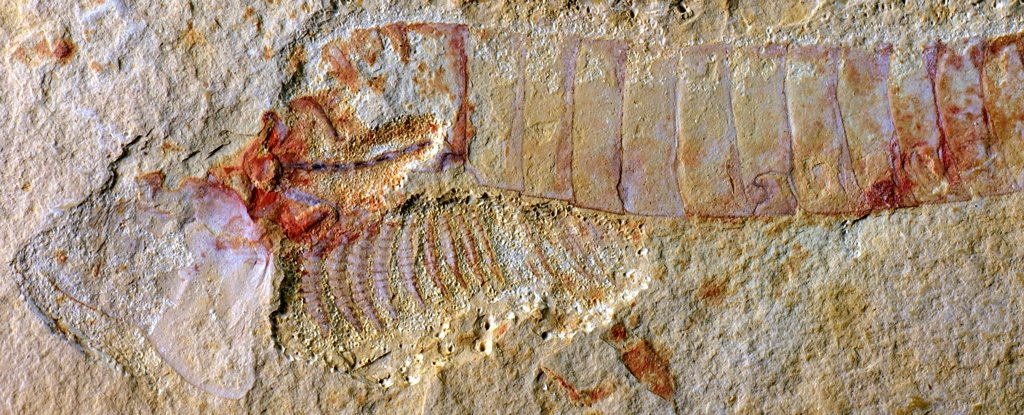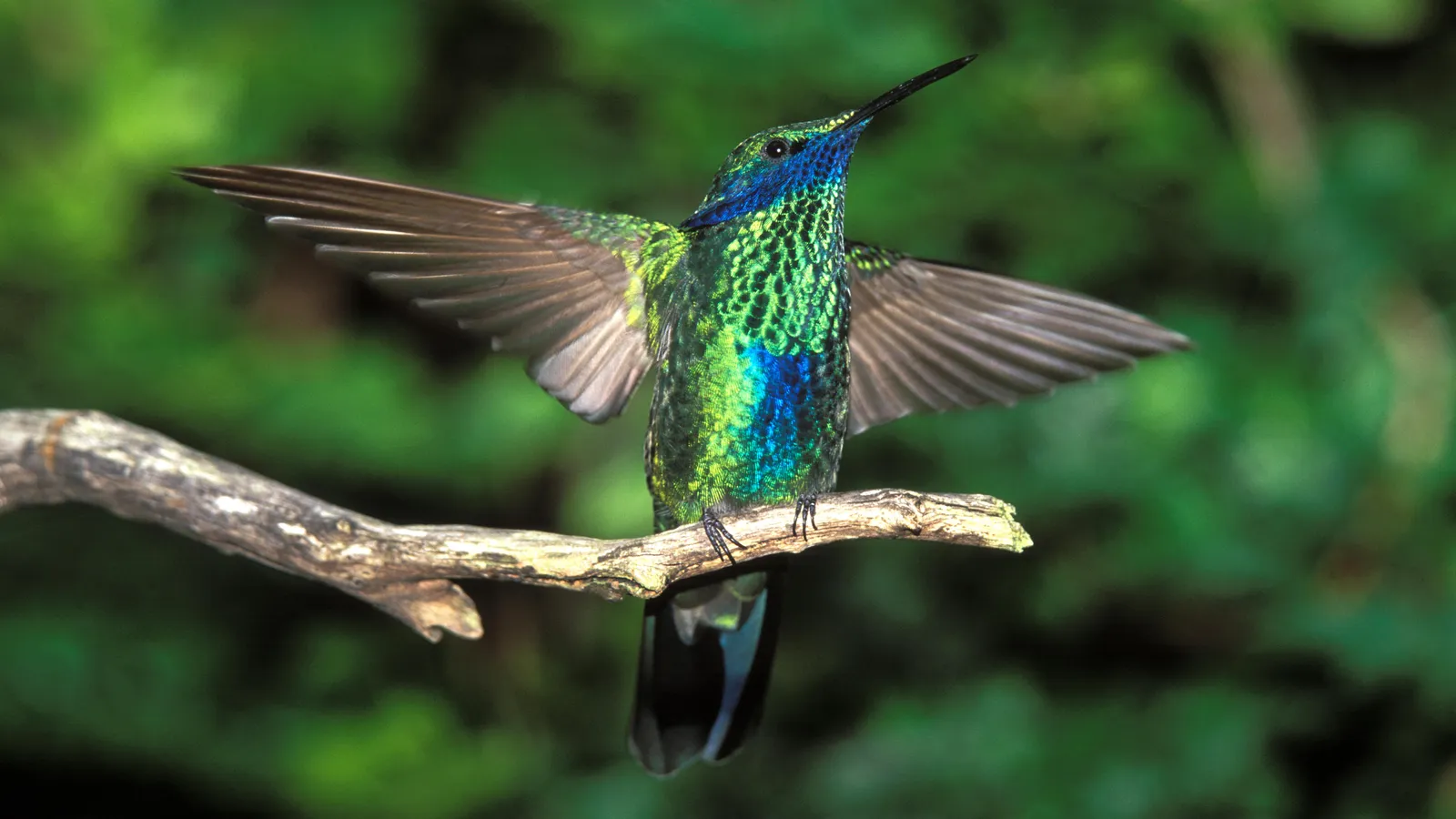Ancient news stories

Old Babylonian tablet likely used for surveying uses Pythagorean triples at least 1,000 years before Pythagoras.

Researchers find North Africa’s oldest Stone Age hand-axe manufacturing site, dating back 1.3 million years.

An analysis of the blood types of one Denisovan and three Neanderthal individuals has uncovered new clues to the evolutionary history, health, and vulnerabilities of their populations

Intricate patterns of tubular structures discovered in giant ancient reefs may be the remnants of prehistoric horny sponges and the oldest known fossils of animal life on Earth.

Charles Darwin famously discussed the “imperfections” of the geological record in his book On The Origin of Species. He correctly pointed out that unless conditions are just right, it’s unlikely for organisms to be preserved as fossils, even those with bones and shells.

Ancient urn graves contain a wealth of information about a high-ranking woman and her Bronze Age Vatya community, according to a study published July 28, 2021 in the open-access journal PLOS ONE by Claudio Cavazzuti from the University of Bologna, Italy, and Durham University, UK, and colleagues.

Iceland may be the last exposed remnant of a nearly Texas-size continent – called Icelandia – that sank beneath the North Atlantic Ocean about 10 million years ago, according to a new theory proposed by an international team of geophysicists and geologists.

A team from the University of Tübingen and the Senckenberg Centre for Human Evolution and Paleoenvironment found a 65,000-year-old Neanderthal leaf point at Hohle Fels Cave in southern Germany, a press release announced on Sunday.

Haryana archaeology dept is yet to carry out a full survey, but believe they’ve discovered possibly the largest Paleolithic site in the Indian subcontinent.

Archaeological evidence shows that ancient people ate bread, beer and other carbs, long before domesticated crops.
Image from: Gugatchitchinadze (Wiki Commons)

In a strange turn of events, researchers in Mexico have announced they plan to rebury an unusual archaeological monument found in the outskirts of Mexico City – covering up an important historical discovery until some unknown time in the future.

Around 74,000 years ago, a “supereruption” on the island of Sumatra, Indonesia, blasted out an estimated 5,000 cubic kilometres of magma.
Researchers have discovered the fossilised remains of 3.4-billion-year-old methane-cycling microbes that lived in a hydrothermal system beneath the ancient seafloor – the oldest microfossils of this type found to date.

Palaeontologist Tim Ewin is standing in a quarry, recalling the calamity that’s written in the rocks under his mud-caked boots.

What makes humans unique? Scientists have taken another step toward solving an enduring mystery with a new tool that may allow for more precise comparisons between the DNA of modern humans and that of our extinct ancestors.

The stories of enigmatic birds told in indigenous folklore aren’t just fascinating tales, they may be a way to preserve languages and cultures at risk of extinction.








